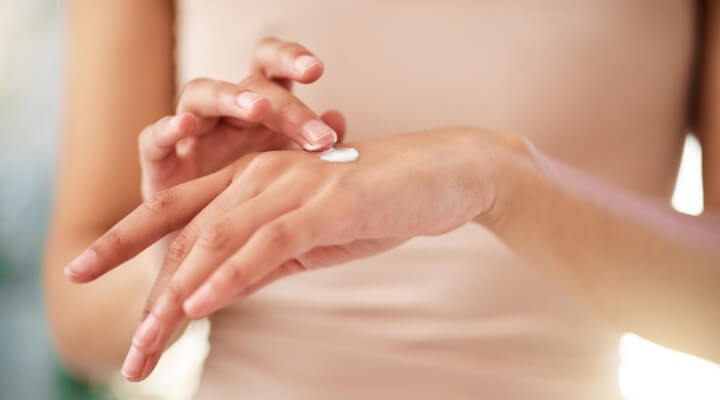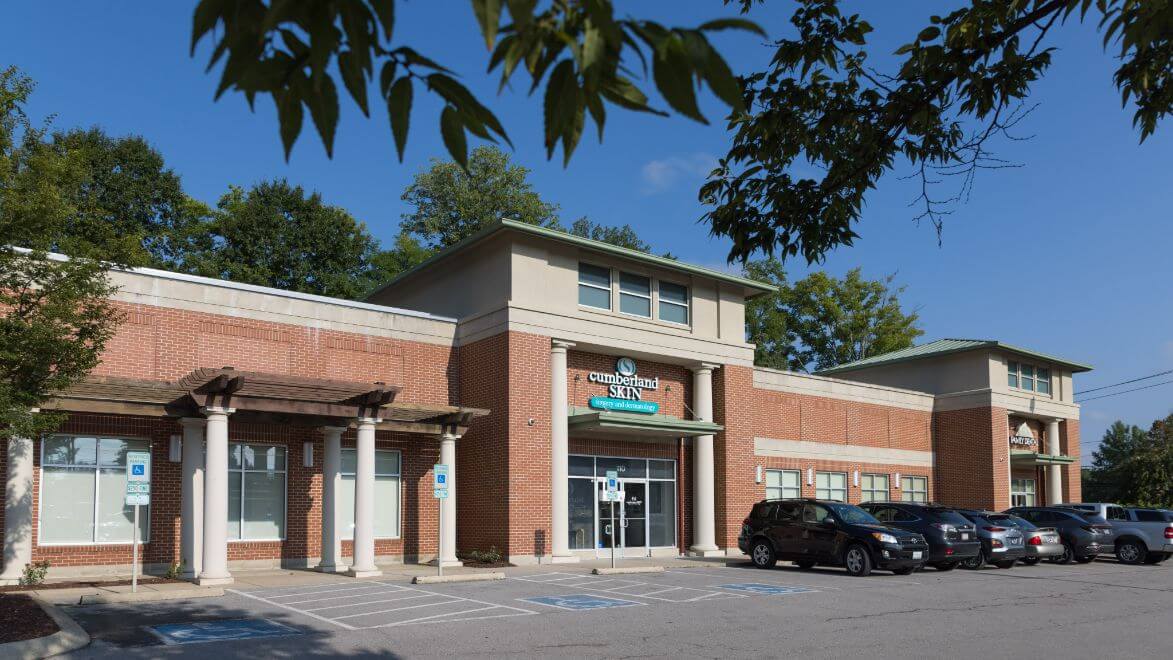What to Do If a Blister Gets Infected
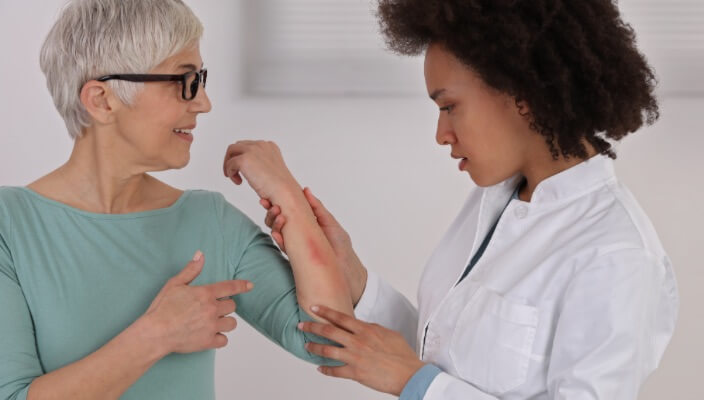 Blisters are small pockets of fluid that form on the skin, usually as a result of friction, burns, or irritation. They act as the body’s natural bandage, protecting the underlying tissue while it heals. However, without proper care, a blister can become infected, turning a minor issue into a more serious concern. Knowing how to identify an infected blister and taking the right steps can prevent complications and ensure faster healing.
Blisters are small pockets of fluid that form on the skin, usually as a result of friction, burns, or irritation. They act as the body’s natural bandage, protecting the underlying tissue while it heals. However, without proper care, a blister can become infected, turning a minor issue into a more serious concern. Knowing how to identify an infected blister and taking the right steps can prevent complications and ensure faster healing.In this comprehensive guide, we’ll go over the signs of an infected blister, tips for safe treatment at home, and when it’s time to seek help from a dermatologist.
How to Recognize an Infected Blister
Most blisters heal on their own in about one to two weeks. During this time, the blister may be tender or uncomfortable, but it should not be extremely painful. If you notice any of the following signs, it may indicate that your blister has become infected:
- Increased Pain: While a normal blister may feel tender, an infected blister will often cause sharper or more intense pain that worsens over time.
- Swelling and Redness: If the area around the blister becomes increasingly red, swollen, or warm to the touch, it may be a sign of infection.
- Pus or Yellow Discharge: A healthy blister is typically filled with clear fluid. If you see pus or a yellowish discharge, this suggests a bacterial infection.
- Unpleasant Odor: An infected blister may emit a foul smell, which is another indication that bacteria have entered the area.
- Fever or Chills: In more serious cases, an infected blister can lead to systemic symptoms like fever or chills, signaling that the infection may be spreading.
Examples of Blisters
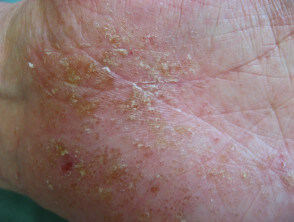
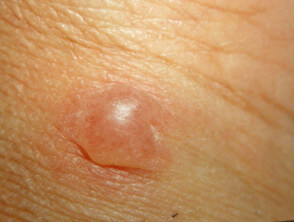
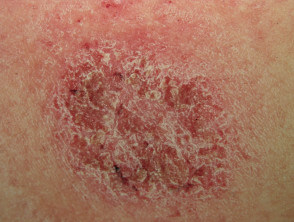
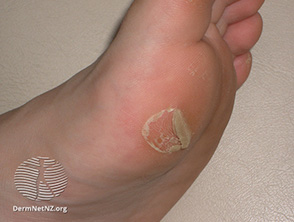
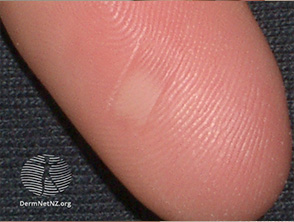
How to Treat an Infected Blister at Home
If you suspect your blister is infected, there are several steps you can take to manage the infection and promote healing. Keep in mind that while mild infections can be treated at home, severe or worsening infections should be evaluated by a medical professional.
1. Clean the Blister Gently
The first step is to clean the area thoroughly. Use mild soap and warm water to gently wash the blister and the surrounding skin. This helps to remove any dirt, bacteria, or debris that could further irritate the area. Avoid using harsh chemicals like hydrogen peroxide or alcohol, as these can damage the healthy skin around the blister and delay healing.
2. Apply an Antibiotic Ointment
After cleaning the area, apply an over-the-counter antibiotic ointment, such as bacitracin or Neosporin. This helps prevent the spread of bacteria and reduces the risk of the infection worsening. Be sure to use a sterile cotton swab or clean fingers to apply the ointment, and cover the blister with a sterile bandage.
3. Avoid Popping the Blister
As tempting as it may be, avoid popping or draining the blister yourself. The fluid inside a blister serves as a protective layer for the underlying skin, and popping it can introduce bacteria and increase the risk of infection. If the blister bursts on its own, gently clean the area with soap and water, then apply an antibiotic ointment and cover it with a clean bandage.
4. Elevate the Affected Area
If the infected blister is on your foot, leg, or hand, try to keep the area elevated whenever possible. Elevation helps reduce swelling and improves blood circulation, which can aid in the healing process. Avoid activities that put pressure on the blister, such as walking or exercising, as this can worsen the infection.
5. Change the Bandage Daily
To keep the area clean and minimize the risk of further infection, replace the bandage at least once a day or whenever it becomes wet or dirty. Each time you change the bandage, take a moment to inspect the blister for any signs of worsening infection, such as increased redness, swelling, or the appearance of pus.
When to Seek Medical Attention for an Infected Blister
While mild infections can often be managed at home, certain symptoms warrant a visit to your dermatologist:
- Persistent or Worsening Pain: If the pain continues to increase despite home treatment, it may indicate a more severe infection.
- Spreading Redness: Red streaks or patches that spread outward from the blister are a sign that the infection may be spreading through the body.
- Fever or Flu-Like Symptoms: If you develop a fever, chills, or feel generally unwell, the infection may be entering your bloodstream, which requires immediate medical attention.
- Underlying Health Conditions: If you have diabetes, poor circulation, or a weakened immune system, you should always seek medical advice for any infected blister, as these conditions can complicate the healing process.
A dermatologist can assess the severity of the infection and may prescribe oral or topical antibiotics to help clear it up quickly. In some cases, they may need to drain the blister safely to relieve pain and pressure.
Preventing Blisters
Preventing an infection is always better than treating one. Here are a few tips to help you care for blisters and reduce the risk of infection:
Wear Proper Footwear
Use Protective Dressings
Keep the Area Dry
Need Expert Care? We’re Here to Help
If you suspect your blister is infected or if you’re experiencing any concerning symptoms, the board-certified dermatologists at Cumberland Skin are here to help. We provide expert care and personalized treatment plans to help you heal quickly and comfortably. Don’t wait for an infection to get worse—schedule an appointment today to get the care you need.
Featured Products for Eczema

EltaMD Moisture Seal
EltaMD® Moisture Seal melts on contact and locks in moisture for up to 24 hours. It spreads easily, forming a protective layer over the skin. This intense occlusive moisturizer helps soothe dry, flaky, intact skin after procedures. This waterless, preservative-free formulation is designed for delicate skin resulting from cosmetic or medical treatments. 2.8 fl oz

ZO® Gentle Cleanser All Skin Types
Cleanses impurities for refreshed-feeling skin. 200 mL / 6.7 Fl. OZ
Related Blog Posts
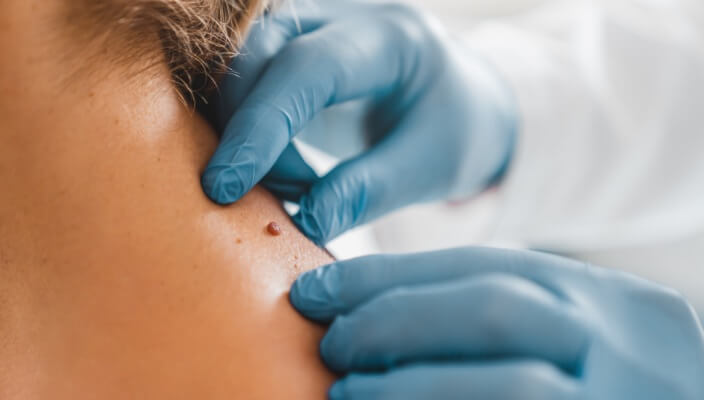
- Skin Cancer
- Skin Exams
With skin cancer cases rising year after year, it’s no surprise that people are itching to learn more about this life-threatening skin disease
Read More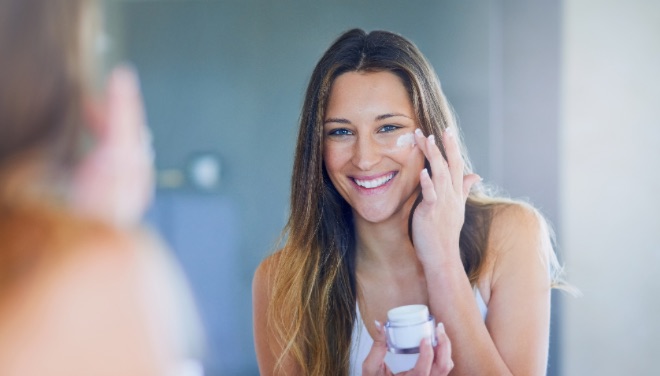
- General Dermatology
- Chronic Skin Conditions
We’re sharing our top tips on how to soothe eczema during summertime so you can better enjoy this beautiful time of the year.
Read More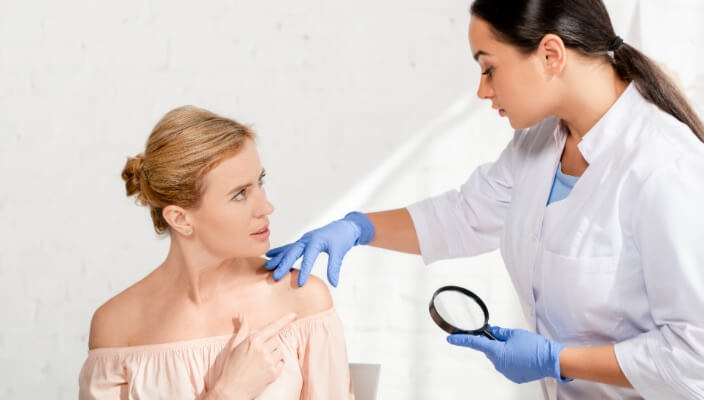
- Skin Cancer
- General Dermatology
- Chronic Skin Conditions
Learn more about the most common types of skin lesions we see at Cumberland Skin and how our dermatologists remove them.
Read More
